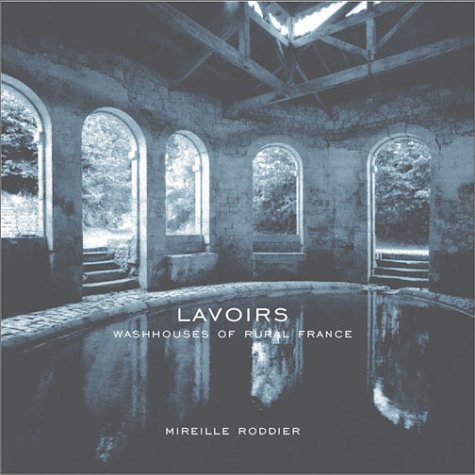No building better embodies the ineffable qualities of rural France than the lavoir, the communal washhouse that, until a few decades ago, was the central gathering place for women in many small villages across the French countryside – as much a part of communal life as the market. These open-air laundry rooms first appeared for the private use of the social elite in the seventeenth century but flourished as public spaces after the Revolution. Later, they became architectural monuments of regional styles and local materials, often hand-cut stone and hewn timbers, revealing centuries of masonry and woodworking tradition. As running water and modern appliances became standard in French homes after World War II, the lavoirs were abandoned, and with them three hundred years of women’s gathering and conversation. In spite of the efforts of preservationists, hundreds of them have faced abandonment, vandalism, and decay. Through stunning duotone photographs, thoughtful sketches, and detailed watercolors, Mireille Roddier safeguards these places of haunting beauty. Her text outlines the history, politics, health, water technology, and social background of the buildings and unveils them as an important architectural type worthy of our study, admiration, and protection.

Topics
Global
Publication
Urban Humanities
INFORMATION
Published: January 1, 2003
Publisher: Princeton Architectural Press
ISBN: 9781568983929
